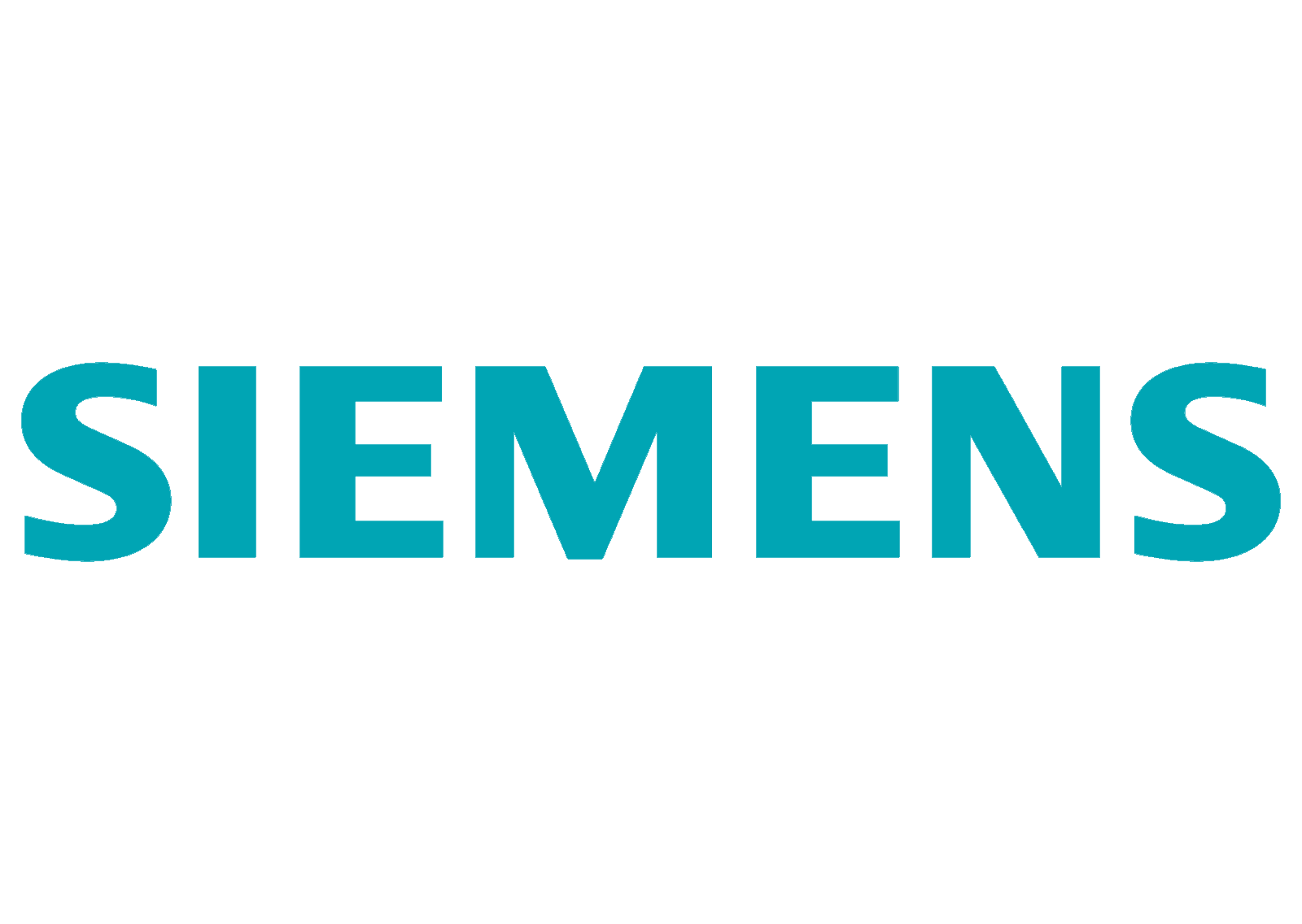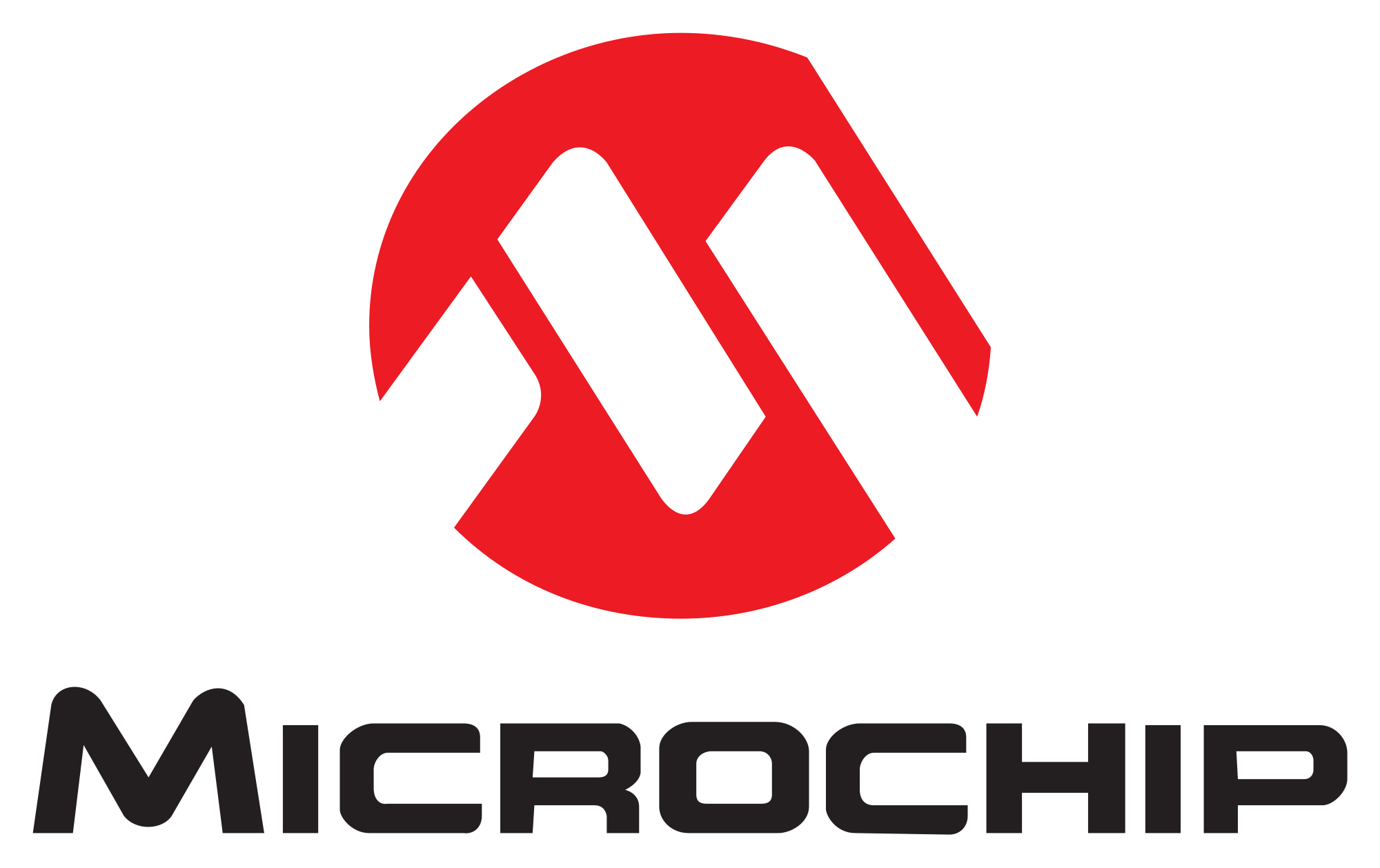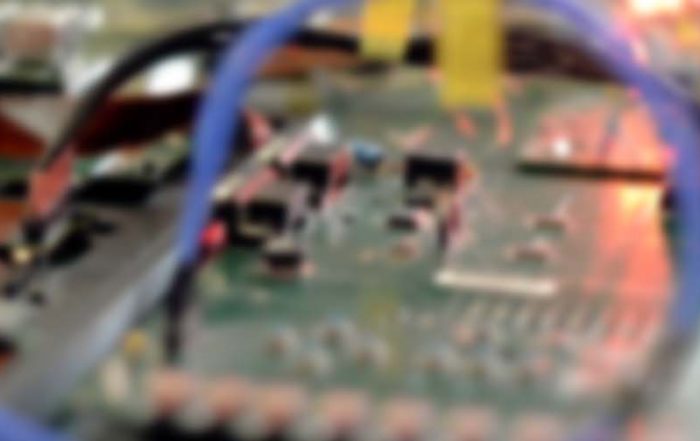Embedded System Development
Integrated hardware & software development
Embedded systems are evolving at breakneck speed, driving advances in technology and fuelled by lower costs of implementing hardware and software components.
Each embedded system is unique in its software and hardware make-up. The challenge of system development becomes necessarily unique, with every project dictating its own priorities.
The initial design phase will invariably focus on the specialised requirements of the embedded system to perform dedicated tasks such as accuracy, stability, and input/output relationships.
Requirements however, inevitably change in time.
Building a purpose-built embedded system may satisfy requirements at the initial development phase, but as the application develops and the requirements change, the system may in time become unable to satisfy these new needs.
The life of an embedded system post-release should form a key consideration in the design of the software. Early decisions about components and design for environmental effects can save significant opportunity cost when designing and manufacturing a commercial product down the line.
When developing a new or unique product or device, the integration of hardware, software, and programmable logic needs to be refined. Embedded systems often include custom-designed hardware and software, which need to be developed in parallel.
The impact is that embedded system development is rarely ever complete. But with time to market, safety and security critical, it has to be as close as possible. At the same time, predicting which constraints that may in time become problematic or require further development.
This creates a demand for flexibility in the embedded software to support future functions of the application as well as performing current system requirements to current resource constraints.
Programming the system at the initial development stage to support different configuration and settings goes a long way in simplifying the software updating processes in the future.
This degree of foresight comes with experience of system development practices. For example, starting with a small configuration with subsequent up-scaling requires a special level of architecture that provides comprehensive scalability, automation, and informatisation.
For companies choosing to outsource their embedded system development, it is crucial that the team they select take a specialist and experienced approach to development, and bring in-depth knowledge, practical experience and project management skills.
Our embedded system development expertise
Pebble Bay supports embedded system development at every stage of the product lifecycle, from prototype to production design. We develop embedded software solutions, bespoke for application in sectors as diverse aerospace, military and telecoms.
Working with our hardware design partners, we act as a single point of supply for complete embedded system development. This often includes designs based on simple microcontrollers running “bare metal” software, through to 32-bit and 64-bit processors running real-time operating systems with extensive middleware and programmable logic.
Depending on your needs, we can deliver scalable pre-integrated hardware and software platforms complete with device drivers, or a turn-key system with application software. We are experienced at algorithm development along with real-time embedded code development.
With more than 30 years of experience developing embedded systems, we understand the technical and business issues at the core of your system requirements and can build embedded systems that are innovative, safe, secure and reliable.
Our goal is to create end-to-end embedded solutions that will meet each client’s requirements and integrate them into the client’s business process, ranging from embedded systems architecture & design, real time software design, documentation production, prototyping and manufacturing, through to schematic designing, BOM management & sourcing, embedded C/C++ coding of micro-controllers and we are also highly active in the IoT development.
We provide specialist embedded software development for embedded applications involving microcontrollers or microprocessors on their own or within a larger system. We are best suited to delivering your embedded system. Our embedded system development expertise, proven process and tools provide exceptional quality, reliability and speed of delivery to our customers. We work with open and proprietary operating systems, and create all levels of software – from firmware to application software.
Call
Latest video
Related services
Embedded system development brochure

We have worked with Pebble Bay and in all cases we have found the standard of work extremely high, without failure and delivered on time, complete with full support documentation.

Pebble Bay developed an outstanding quality QNX Gigabit Ethernet driver with PTP support for us. The project was completed on schedule and within budget and overall we were very happy.

Totally professional and extremely high quality results. A pleasure to work with, delivering what they promise, when they promise.
Embedded System Development FAQs
What are the challenges of embedded system development?
Embedded systems are designed to perform specific tasks against specific resource constraints which could include memory, code space, processor cycles or peripherals, or battery life. These are interchangeable insofar as every project will determine its own priorities.
For some projects, most commonly in applications such as medical, military and aerospace, with high thresholds of quality and reliability requirements, bugs or system failure can be life-endangering; a malfunctioning medical device used during surgery could be fatal.
Changing the embedded system configuration (hardware and software) after installation is challenging and often costly. The initial selection of software platform and other system features becomes critical across the embedded system design and development process – creating the architecture, implementing the architecture, testing the system, maintaining the system and enabling future development activity such as system scaling in all directions.
Critical to preceding the programming and development process, we take a systematic approach to understating and analysing each client’s requirements.
Our methodology encompasses production of detailed system documentation to support potential future software changes. We will devise a thorough specification, detailing the technical characteristics of the final product operation modes.
From a design perspective, questions to consider when evaluating a development board include form factor (the right form, fit and function), components (the right specification, availability, and cost), volume production rate (producible in required volumes with high yields and minimal cost) and testing (stable and repairable).
We also advise which programming language for the embedded system development project, whether that requires use of the assembly language, high-level languages or both high-level language and assembler.
These initial steps in preparing the embedded system will form the basis of the Statement of Work.
Embedded systems typically operate under hardware limitations in processing performance, power consumption, memory and hardware functionality.
Hardware constraints could see a CPU that runs slower to save battery power. A system that uses less memory to reduce manufacturing costs.
Processors that come only in certain speeds or support a subset of peripherals.
Working with hardware presents a further set of challenges for embedded developers, the added burden of cross-debugging. Limited availability of target hardware meant that it could only be worked on at client site.
What impact is IoT having on embedded system development?
COEMs are operating under increasing competition to offer differentiated products with leading-edge features and capabilities, putting pressure on developers to deliver enhanced systems while bringing the end product to market faster.
As devices become more powerful with technology, and more resource-constrained with the rising popularity of wearables, a more diverse set of devices will rely on embedded solutions that will connect, manage, and secure the devices.
The challenge for developers is to enable seamless connectivity of the device, ensuring performance and reliability against security risks within operating environments.
Determining the security requirements has become critical in the context of the overall system and eventual operating environments. This will help to achieve a balance between functionality and security.
The most important step in the development of embedded systems is the right choice of a software platform. This enables future development and/or scaling of the system without changing the core technology.



